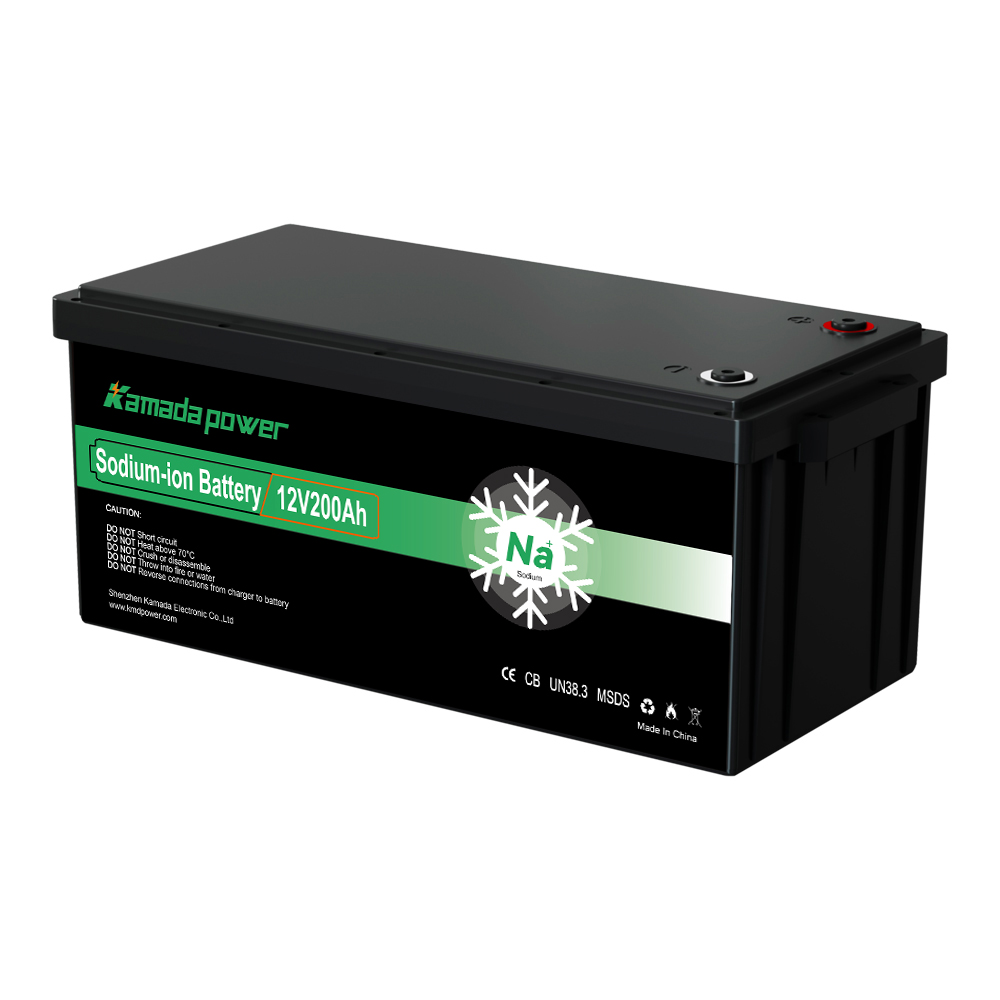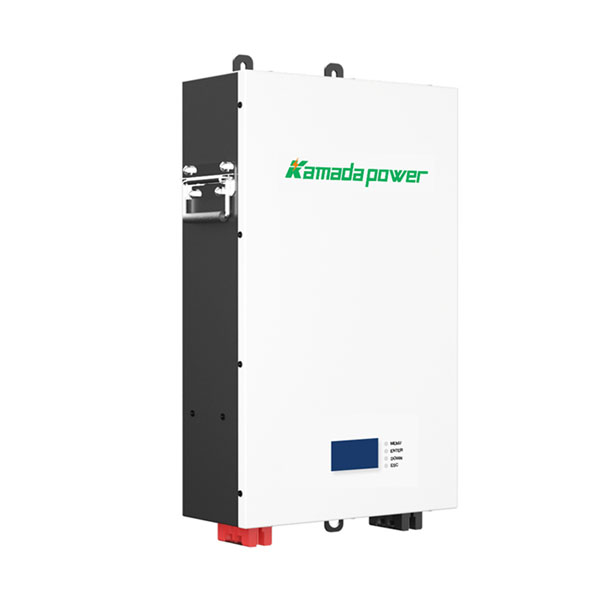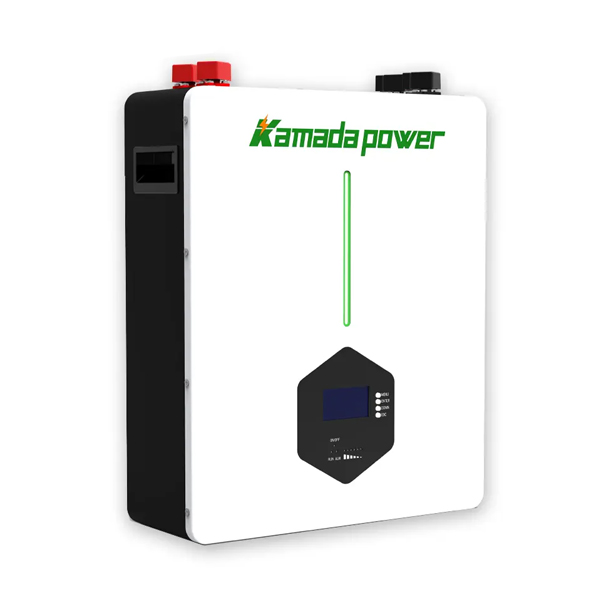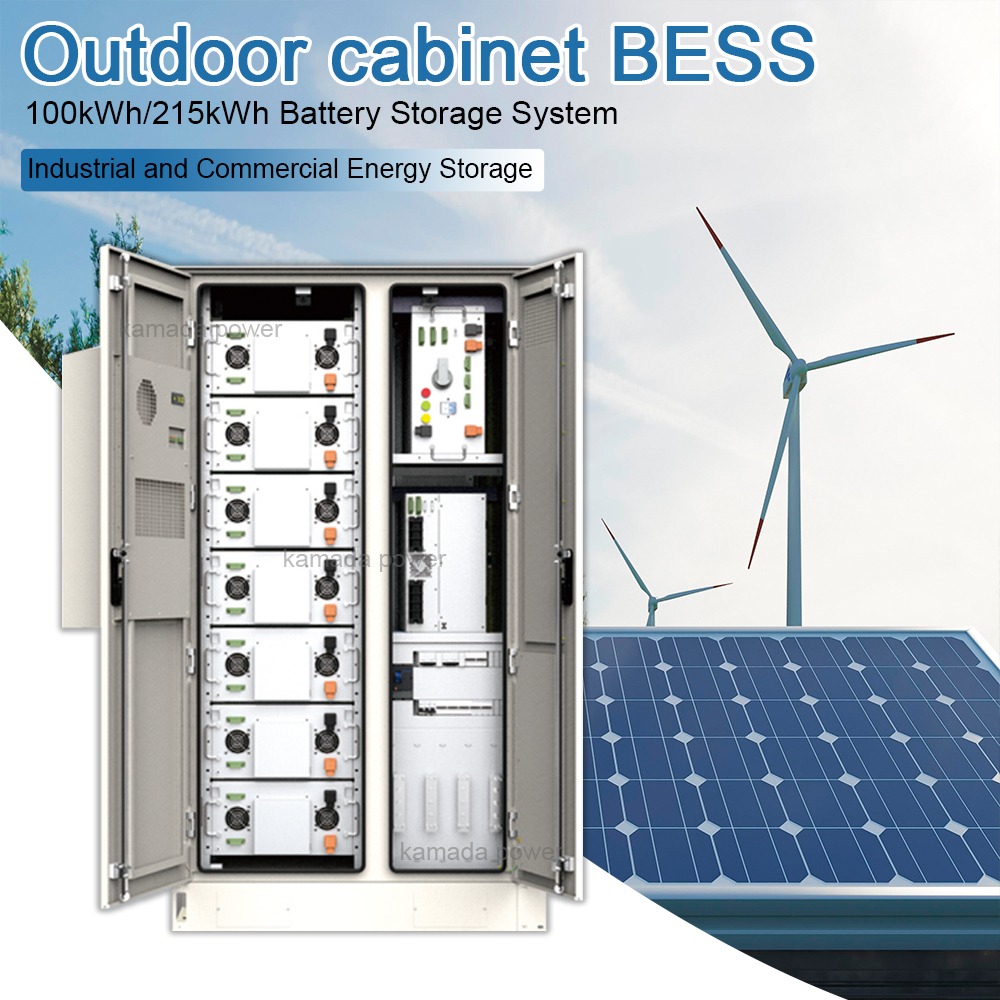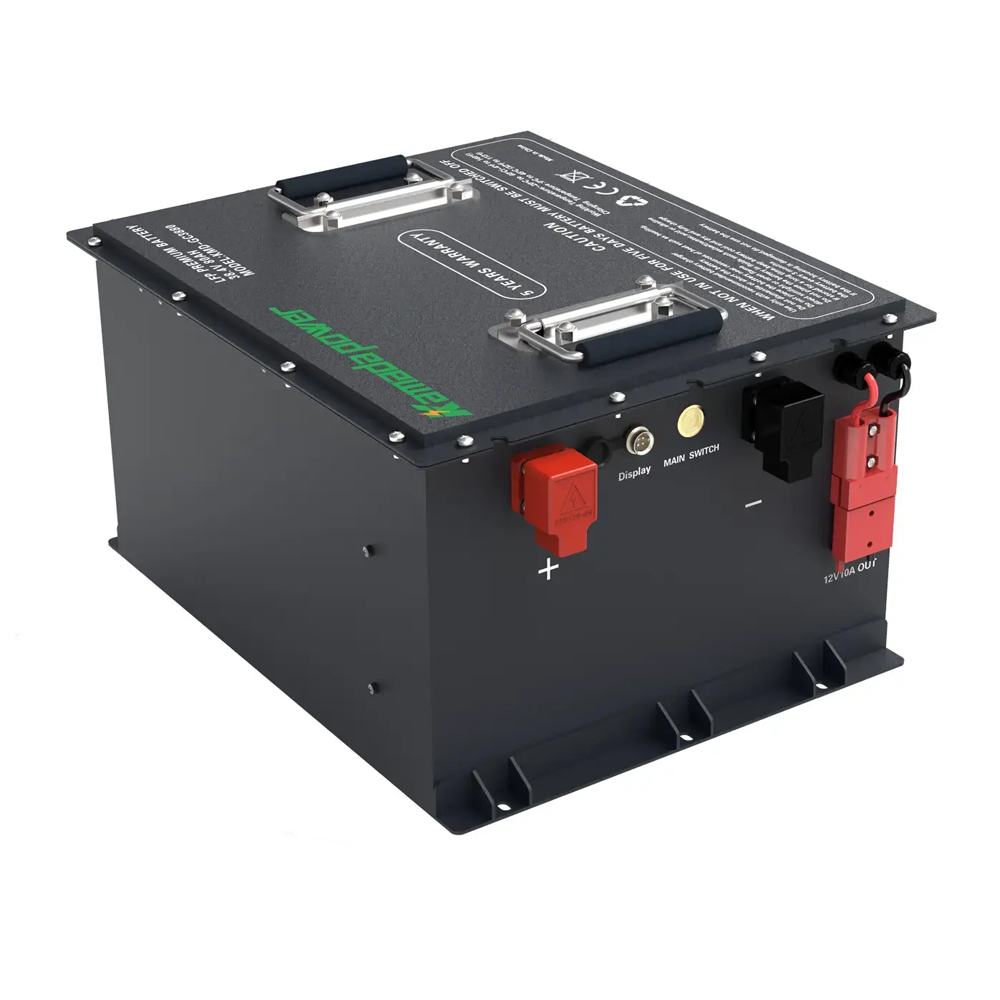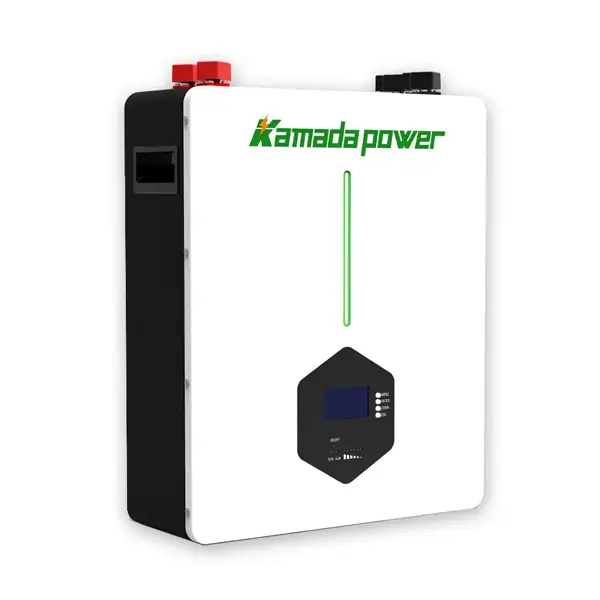Mens verden kæmper med miljø- og forsyningsudfordringer i forbindelse med litium-ion-batterier, intensiveres jagten på mere bæredygtige alternativer. Her kommer natriumionbatterier ind i billedet - en potentiel game-changer inden for energilagring. Da natriumressourcer er rigelige i forhold til litium, er disse batterier en lovende løsning på de nuværende problemer med batteriteknologi.
Hvad er der galt med litium-ion-batterier?
Litium-ion-batterier (Li-ion) er uundværlige i vores teknologidrevne verden og afgørende for at fremme bæredygtige energiløsninger. Deres fordele er indlysende: høj energitæthed, letvægtskomposition og genopladelighed gør dem overlegne i forhold til mange alternativer. Fra mobiltelefoner til bærbare computere og elektriske køretøjer (EV'er) er litium-ion-batterier enerådende inden for forbrugerelektronik.
Litium-ion-batterier giver dog store udfordringer. Litiumressourcernes begrænsede natur giver anledning til bekymring for bæredygtigheden midt i den stigende efterspørgsel. Desuden involverer udvinding af litium og andre sjældne jordartsmetaller som kobolt og nikkel vandintensive, forurenende mineprocesser, der påvirker lokale økosystemer og samfund.
Koboltminedrift, især i Den Demokratiske Republik Congo, fremhæver dårlige arbejdsforhold og potentielle menneskerettighedskrænkelser, hvilket har sat gang i debatten om litium-ion-batteriers bæredygtighed. Derudover er genbrug af litium-ion-batterier kompleks og endnu ikke omkostningseffektiv, hvilket fører til lave globale genbrugsrater og bekymringer om farligt affald.
Kan natriumionbatterier være en løsning?
Natriumionbatterier fremstår som et overbevisende alternativ til litiumionbatterier og tilbyder bæredygtig og etisk energilagring. Da natrium er let tilgængeligt fra havsalt, er det en ressource, der er meget lettere at få adgang til end litium. Kemikere har udviklet natriumbaserede batterier, der ikke er afhængige af knappe og etisk udfordrede metaller som kobolt eller nikkel.
Natrium-ion-batterier (Na-ion) går hurtigt fra laboratoriet til virkeligheden, og ingeniører finpudser design for at optimere ydeevne og sikkerhed. Producenter, især i Kina, opskalerer produktionen, hvilket indikerer et potentielt skift til mere miljøvenlige batterialternativer.
Natrium-ion-batterier vs. litium-ion-batterier
| Aspekt | Natrium-batterier | Litium-ion-batterier |
|---|---|---|
| Overflod af ressourcer | Rigelige mængder, udvundet af havsalt | Begrænset, hentet fra begrænsede litiumressourcer |
| Miljøpåvirkning | Mindre påvirkning på grund af lettere udvinding og genbrug | Større påvirkning på grund af vandintensiv minedrift og genbrug |
| Etiske overvejelser | Minimal afhængighed af sjældne metaller med etiske udfordringer | Afhængighed af sjældne metaller med etiske bekymringer |
| Energitæthed | Lavere energitæthed sammenlignet med litium-ion-batterier | Højere energitæthed, ideel til kompakte enheder |
| Størrelse og vægt | Større og tungere for samme energikapacitet | Kompakt og let, velegnet til bærbare enheder |
| Omkostninger | Potentielt mere omkostningseffektiv på grund af rigelige ressourcer | Højere omkostninger på grund af begrænsede ressourcer og kompleks genanvendelse |
| Egnethed til anvendelse | Ideel til energilagring i netskala og tung transport | Ideel til forbrugerelektronik og bærbare enheder |
| Penetrering af markedet | Ny teknologi med stigende udbredelse | Etableret teknologi med udbredt anvendelse |
Natrium-ion-batterier og litium-ion-batterier udviser betydelige forskelle på tværs af forskellige aspekter, herunder ressourcemængde, miljøpåvirkning, etiske bekymringer, energitæthed, størrelse og vægt, omkostninger, anvendelsesegnethed og markedspenetrering. Natrium-batterier har med deres rigelige ressourcer, lavere miljøpåvirkning og etiske udfordringer samt egnethed til energilagring i netskala og tung transport potentiale til at blive alternativer til litium-ion-batterier, selv om der er behov for forbedringer i energitæthed og pris.
Hvordan fungerer natriumionbatterier?
Natriumionbatterier fungerer efter samme princip som litiumionbatterier, idet de udnytter alkalimetallernes reaktive natur. Litium og natrium, som tilhører samme familie i det periodiske system, reagerer let på grund af en enkelt elektron i deres ydre skal. Når disse metaller reagerer med vand i batterier, frigiver de energi, som driver den elektriske strøm.
Natriumionbatterier er dog mere omfangsrige end litiumionbatterier på grund af natriumets større atomer. På trods af dette er fremskridt inden for design og materialer ved at indsnævre forskellen, især i applikationer, hvor størrelse og vægt er mindre kritisk.
Betyder størrelse noget?
Mens litium-ion-batterier udmærker sig ved kompakthed og energitæthed, tilbyder natrium-ion-batterier et alternativ, hvor størrelse og vægt er mindre begrænsende. De seneste fremskridt inden for natriumbatteriteknologi gør dem stadig mere konkurrencedygtige, især inden for specifikke anvendelser som energilagring i netskala og tung transport.
Hvor udvikles natriumionbatterier?
Kina er førende inden for udvikling af natriumbatterier og anerkender deres potentiale i fremtidens elbilteknologi. Flere kinesiske producenter udforsker aktivt natriumionbatterier med henblik på overkommelige priser og praktisk anvendelighed. Landets engagement i natriumbatteriteknologi afspejler en bredere strategi for diversificering af energikilder og fremme af elbilteknologi.
Fremtiden for natrium-ion-batterier
Fremtiden for natriumionbatterier er lovende, selv om der er usikkerhedsmomenter. I 2030 forventes en betydelig produktionskapacitet for natriumionbatterier, selvom udnyttelsesgraden kan variere. På trods af forsigtige fremskridt har natriumionbatterier potentiale inden for netlagring og tung transport, afhængigt af materialeomkostninger og videnskabelige fremskridt.
Indsatsen for at forbedre natriumbatteriteknologien, herunder forskning i nye katodematerialer, har til formål at forbedre energitætheden og ydeevnen. Når natriumionbatterier kommer på markedet, vil deres udvikling og konkurrenceevne i forhold til etablerede litiumionbatterier blive formet af økonomiske tendenser og gennembrud inden for materialevidenskab.
Konklusion
Natrium-ion-batteri repræsenterer et bæredygtigt og etisk alternativ til litium-ion-batterier, der giver betydelige fordele med hensyn til ressourcetilgængelighed, miljøpåvirkning og omkostningseffektivitet. Med løbende teknologiske fremskridt og stigende markedsindtrængning er natriumbatterier klar til at revolutionere energilagringsindustrien og fremskynde overgangen til en fremtid med ren og vedvarende energi.


